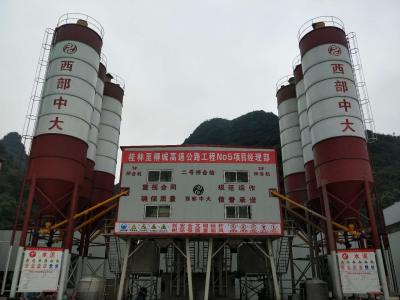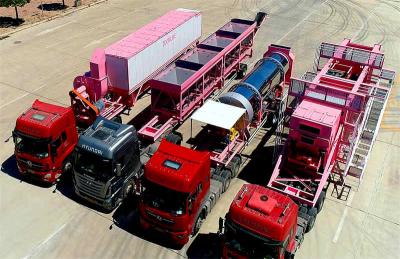The function of the additive in concrete
Additives are commonly used in concrete to modify its properties and enhance its performance. The functions of additives in concrete include:
Water-reducing agents: These additives reduce the amount of water needed for the desired workability of concrete, without compromising its strength. They improve the flowability and workability of the concrete mix, making it easier to place and compact.
Set-retarding agents: These additives slow down the setting time of concrete, allowing for extended workability and placement time. They are useful in hot weather conditions or when longer transportation or placement time is required.
Set-accelerating agents: On the contrary, these additives accelerate the setting time of concrete. They are beneficial in cold weather conditions or when quicker strength development is needed.
Air-entraining agents: These additives create tiny air bubbles in concrete, enhancing its durability and resistance to freeze-thaw cycles. The entrained air improves the workability, reduces bleeding and segregation, and increases the resistance to cracking and scaling.
Plasticizers/plasticizing agents: These additives improve the flowability and workability of concrete by reducing the water content needed for the desired consistency. They help in achieving a more cohesive and easily workable mix.
Strength-enhancing agents: These additives enhance the compressive and flexural strength of concrete. They can be used to achieve higher early strength or to increase the ultimate strength of the concrete.
Coloring agents: Additives for coloring concrete are used to achieve different shades and colors. They provide aesthetic appeal and can be used to match or contrast with surrounding materials.
Shrinkage-reducing agents: These additives reduce the drying shrinkage of concrete, which helps in reducing the potential for cracking. They improve the overall durability and performance of the concrete.
It is important to note that the specific dosage and type of additive used in concrete depend on the project requirements, environmental conditions, and desired concrete properties.



